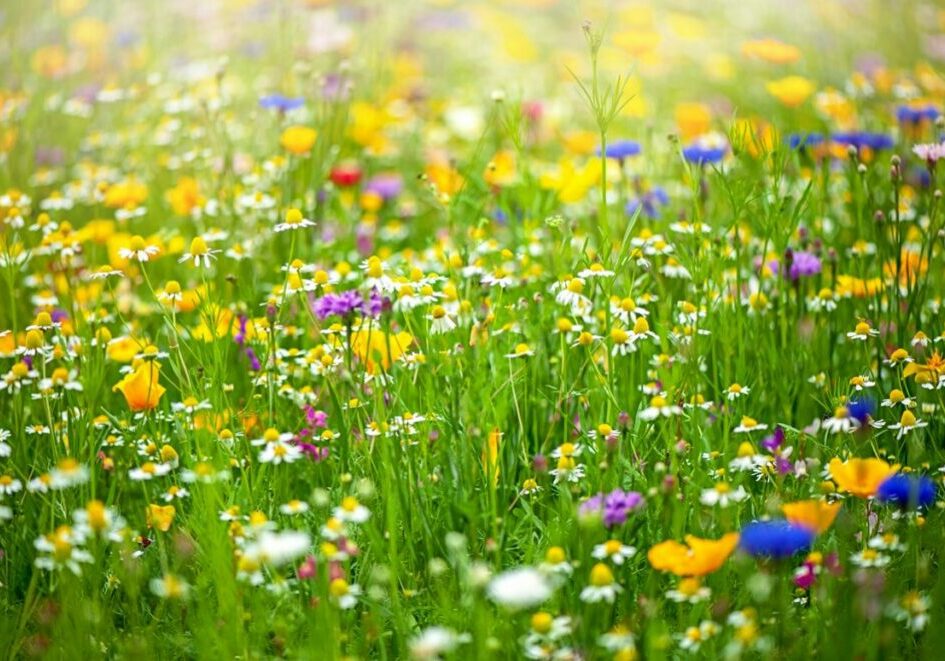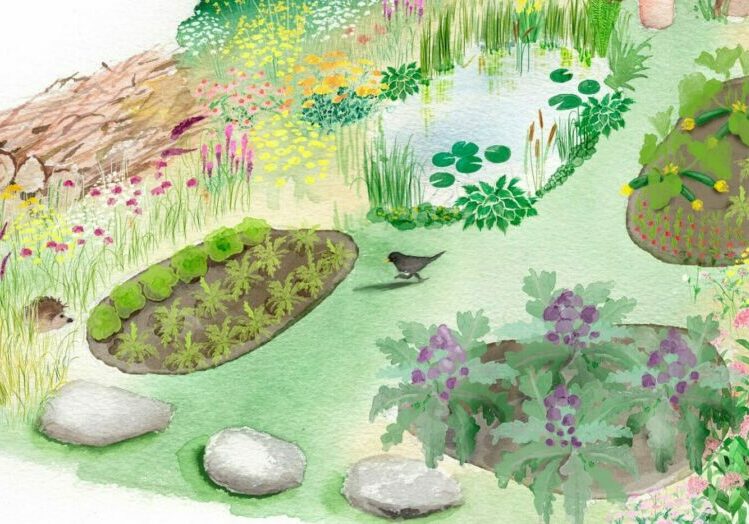1. Practise smart watering
Efficiency is the most important thing, so that water isn’t wasted. First, do your watering at the most suitable time of day – early in the morning is best. Failing that, water in the evening. Avoid daytime watering as the moisture will evaporate before the plants can absorb it. Aim water at the roots of the plants rather than the leaves, and use a watering can or a hose with a spray gun so that it’s really targeted. Check that plants actually need watering, too. You might assume that everything needs a daily drenching, but larger plants and shrubs should be fine with more occasional watering while potted plants will need a lot more. Stand pots on trays to collect excess water.
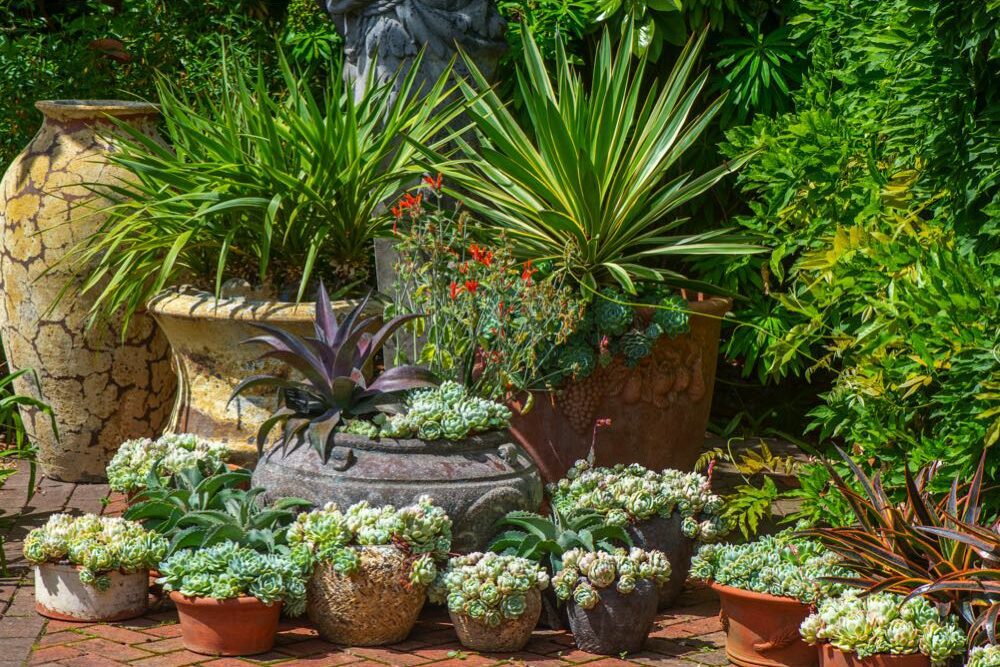
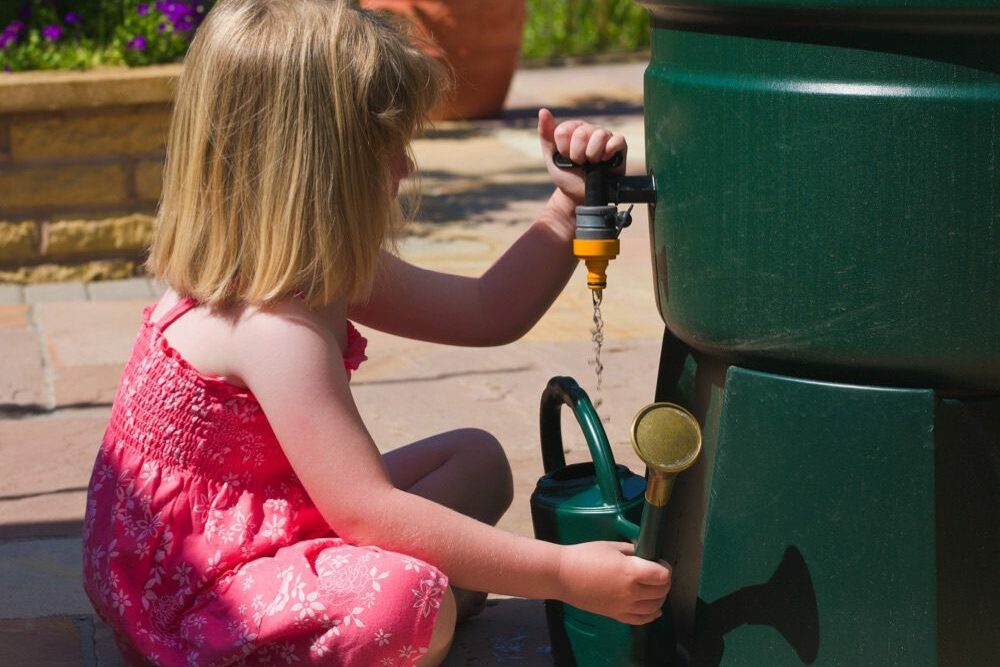
2. Go grey
Rather than using mains water on plants, give them ‘grey’ water, which includes washing up water and bathwater (as long as it’s not too soapy). If you have showers rather than baths, put a bucket in the shower to catch excess water. It’s best to use grey water straight away, as it can become unpleasant or even harmful if stored. If you have a washing up bowl of grey water, pour it at the base of a tree – they often get overlooked in hot weather. Rainwater can be stored for longer than grey water, so invest in a water butt to collect run-off from drainpipes. Many local councils sell basic plastic water butts, and water companies offer discounts, but fancier options can be bought from garden centres. If rain is forecast, leave out buckets to collect as much as possible.
3. Encourage super soil
If you have a vegetable patch or flowerbeds, they can be made ready for a drier summer by preparing the soil in winter. Well-cultivated soil will hold moisture better than poor-quality soil, so dig in loads of organic matter – if you’ve got a compost heap, check that the contents are well-rotted before adding them to a trench in the bed and digging it in. You can also add well-rotted manure (this can be bought from garden centres, or if you live near a farm or stables you could ask if they have any). If you need to buy organic matter, it might be called ‘soil conditioner’ or ‘soil improver’, so look out for those, and avoid anything that contains peat. Your local council might sell compost, too.
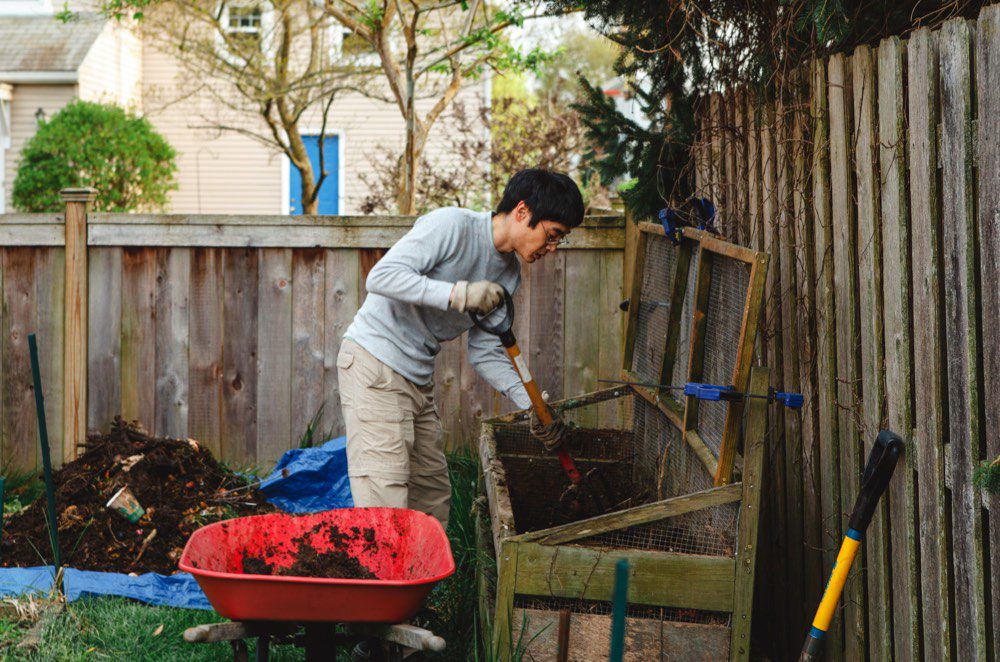
Save water all year round
It’s easy to reduce the amount of water you use around your home, which will help to preserve our rivers and streams – and save you money!
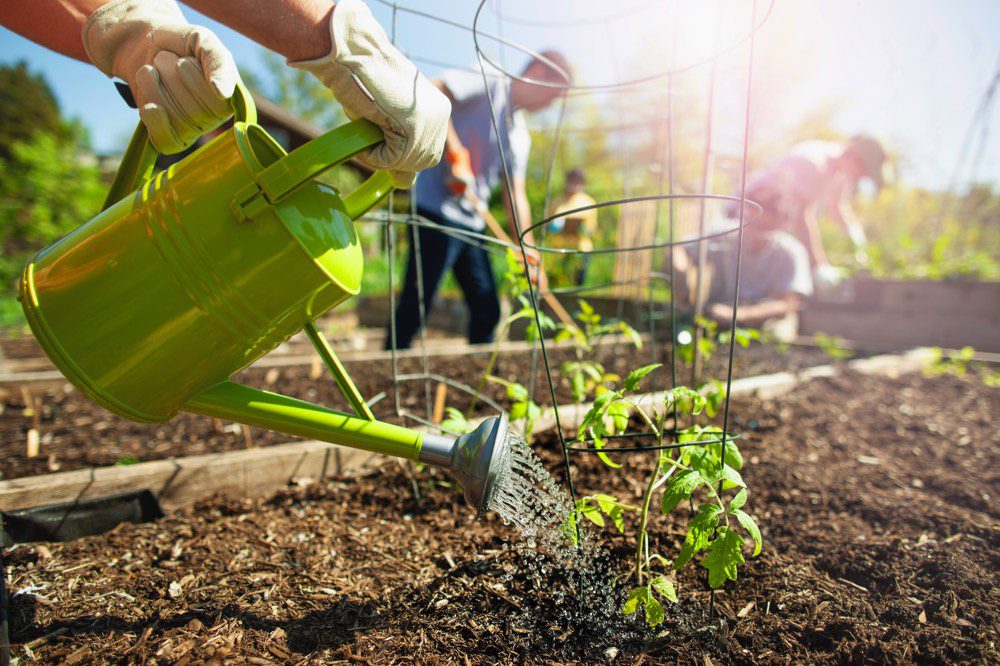
4. Give plants a good start
Taking a little extra time when you’re getting your plants out into the garden can make them more resilient. Soak plants’ roots in a bucket of water before transferring them to the flowerbed or pot, and water them thoroughly once they’re planted – this will help them to get well-established. Planting things in the autumn will also give them a few months to bed in before they might face hot, dry conditions. Mulching helps soil to retain moisture, so spread a good layer (at least 5cm) of compost, straw, bark or gravel around your plants. Mulch can also suppress weeds that would compete with your plants for water. Think about providing shelter for your plants, too – the wind can dry them out, so plant things nearer trees, hedges, fences or other windbreaks.
5. Green, green grass?
Lawns will turn yellow or brown in dry weather, but the good news is that grass usually recovers quickly and completely as soon as the rain returns. Lawns don’t need watering to stay healthy when the weather’s hot, unless it’s recently laid turf or seed, in which case you can use grey water. Grass doesn’t grow much when it’s hot, so stop mowing. If you do mow, you can leave the clippings where they fall to act as a moisture-retaining mulch. As with your soil, care for your lawn in winter to prepare it for a hot summer. Regular scarifying (raking) can help, as will aerating – you can hire special aerating tools or just use a garden fork to make holes all over the grass. Healthy grass has deeper, stronger roots, making it more resistant to drought.
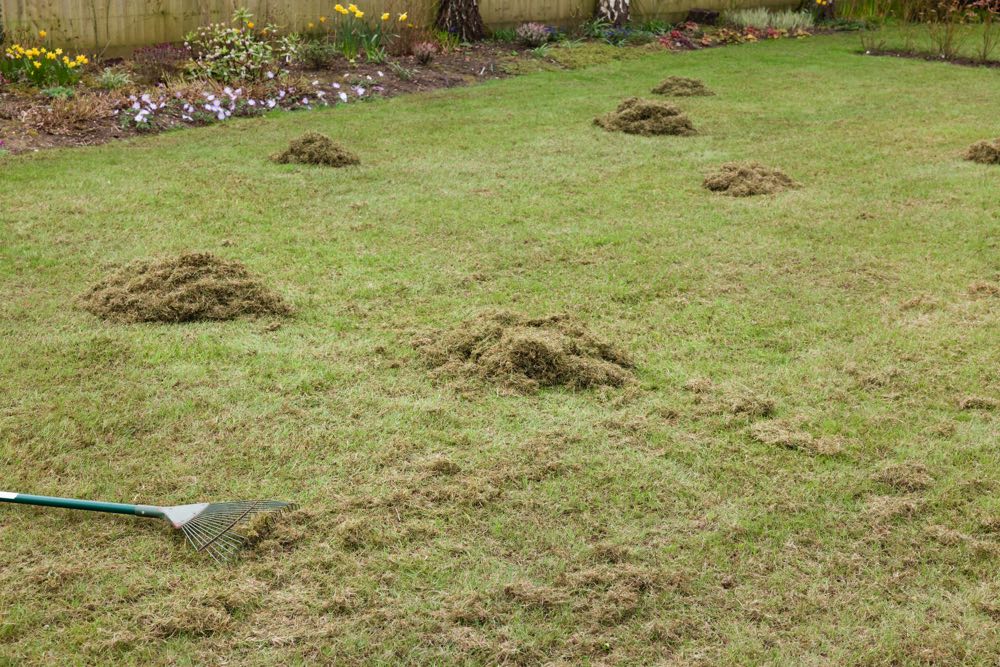
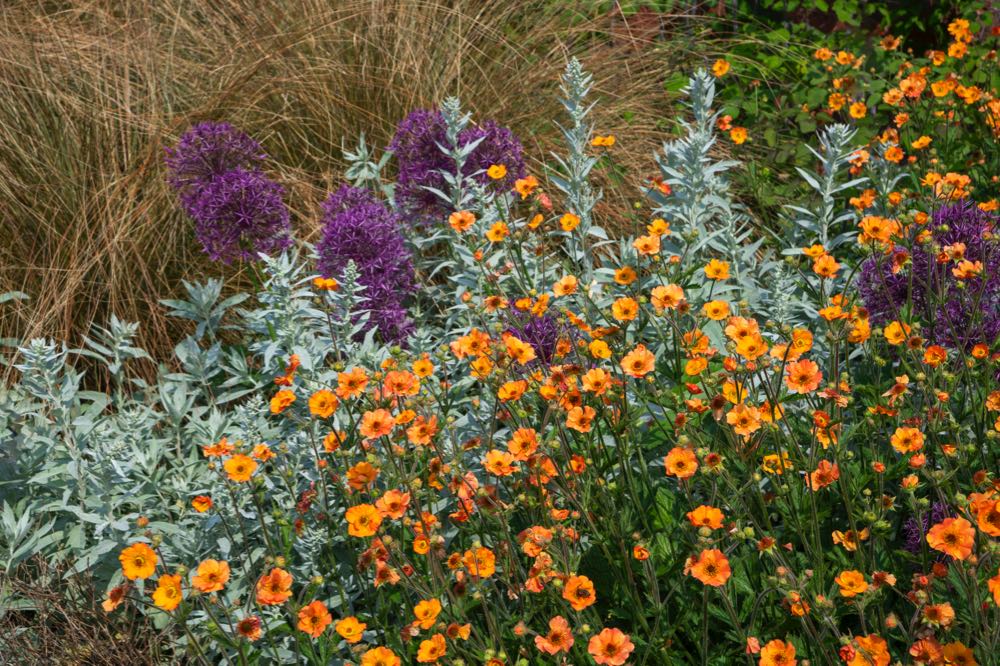
6. Rethink your planting
As UK weather warms up, you may be able to cut down on your garden or balcony’s water requirements by growing plants that are better suited to dry conditions. However, it’s not as simple as just switching to Mediterranean plants, as our winters can still be a lot wetter and colder than they’d be used to. The Gardeners’ World website has a handy list of 14 drought-tolerant plants. For a complete garden makeover, you could consider replacing the lawn with well-draining gravel (the drainage is important to let rain seep into the soil underneath), which could then become a Mediterranean-style gravel garden – the RHS site has some advice on how best to achieve this.
7. Growing your own
If you use your green space to grow your own fruit and veg, you’ll need to keep the plants well watered so they can produce plenty of food. But by rethinking what you grow you might find that your water consumption drops. Lettuces and other leafy salad plants are particularly at risk in dry conditions, but by growing them in a small area (pots and windowboxes are ideal) you can keep them watered more efficiently. Root crops fare better in hot weather, and perennial crops do well too thanks to their well-established roots – things like rhubarb, raspberries and other soft fruits, as well as asparagus and artichokes. You could also try growing plants that produce a crop in the spring, so that they’re not reliant on summer watering.
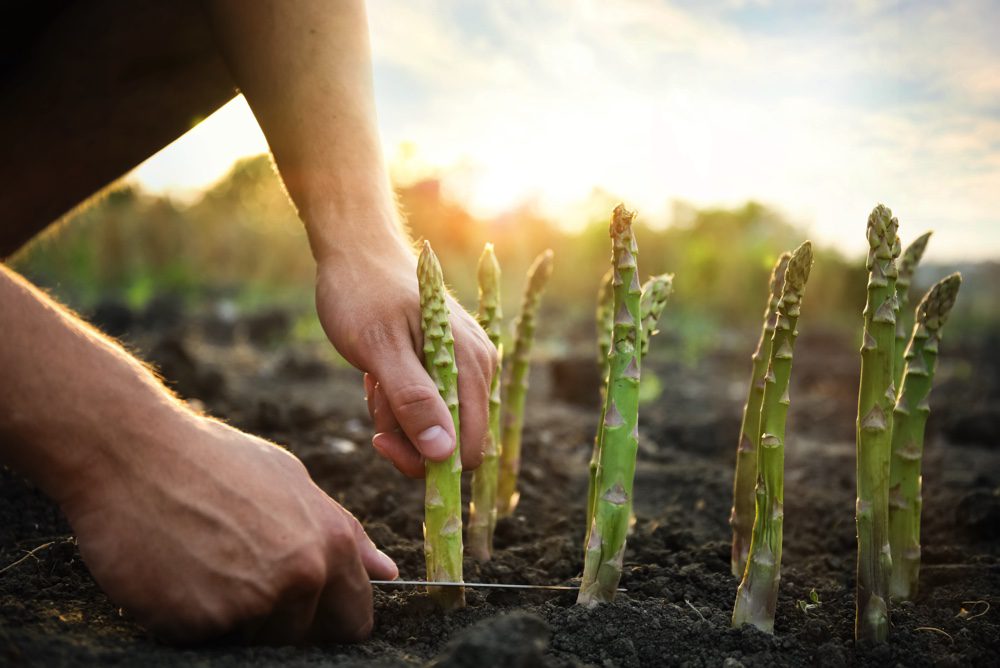
ALL IMAGES © GETTY IMAGES
Take a water-saving pledge
You can sign the Royal Horticultural Society’s Mains 2 Rains pledge to show that you’re taking steps to reduce water use in your green spaces.
More to explore
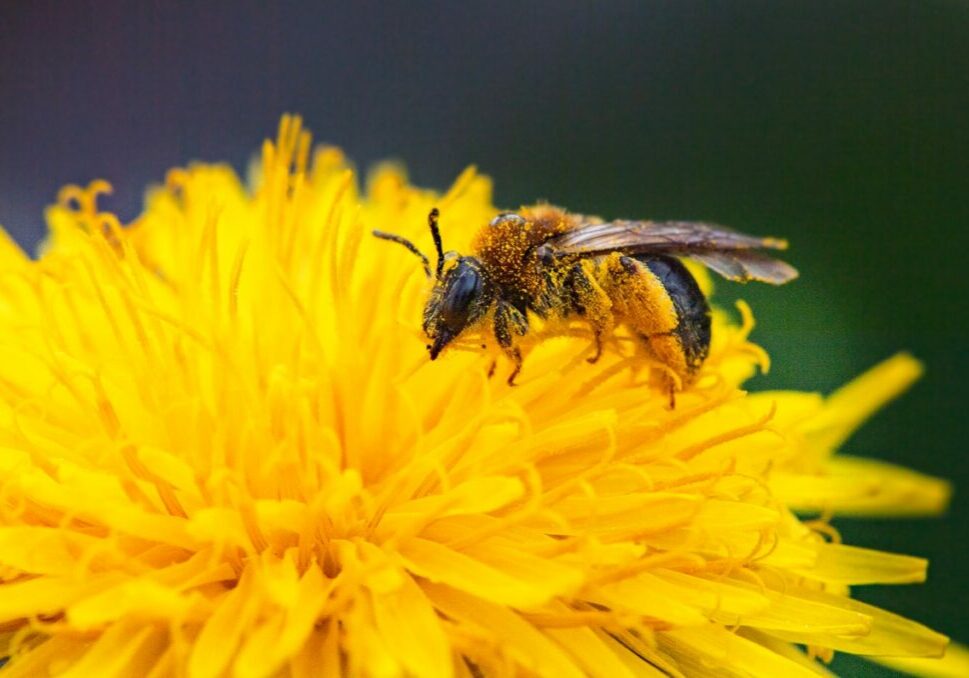
Planting for pollinators
We can’t live without bees, but in the UK they’re being pushed to the brink. So this summer let’s make every garden an oasis for pollinators
